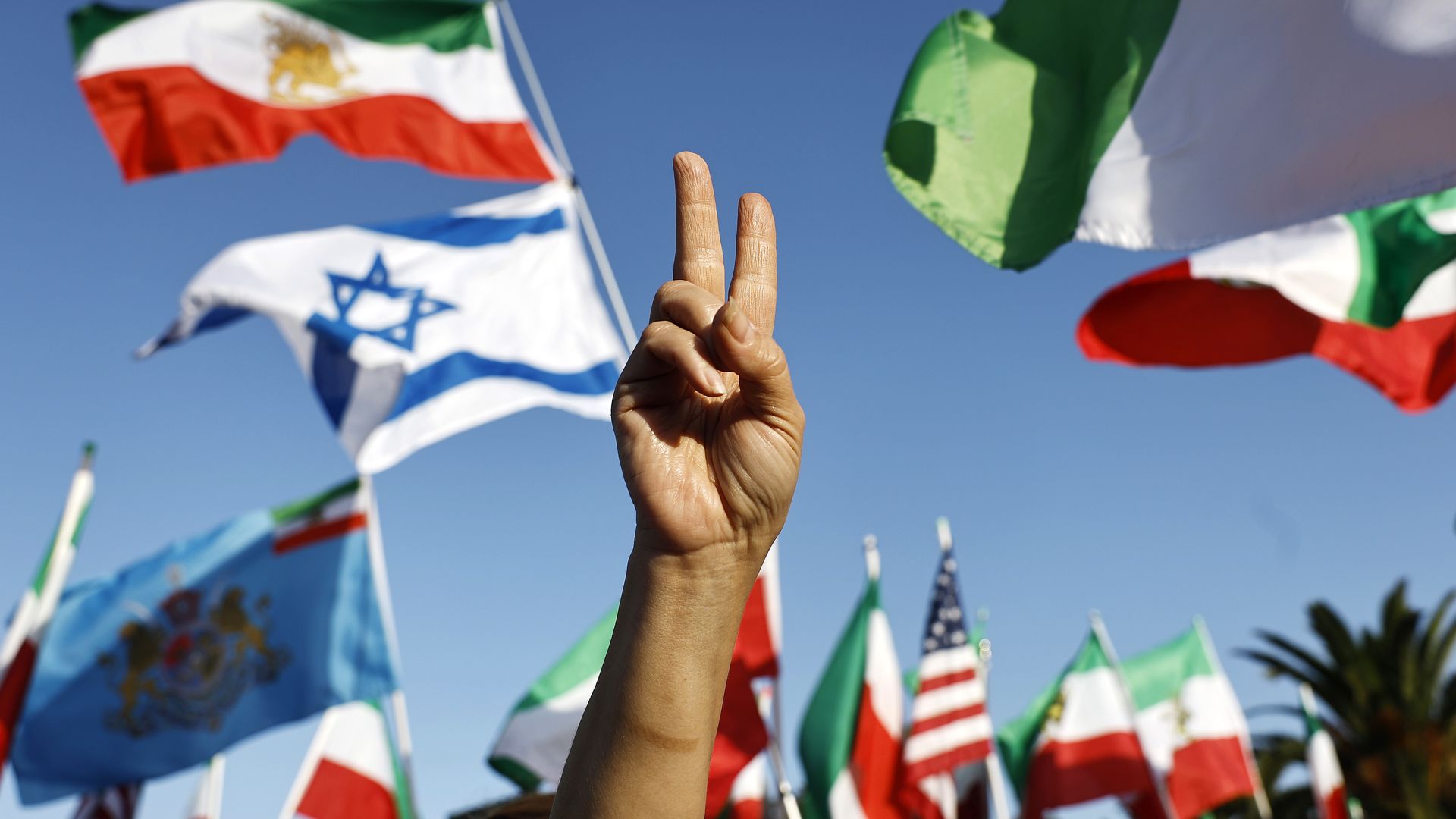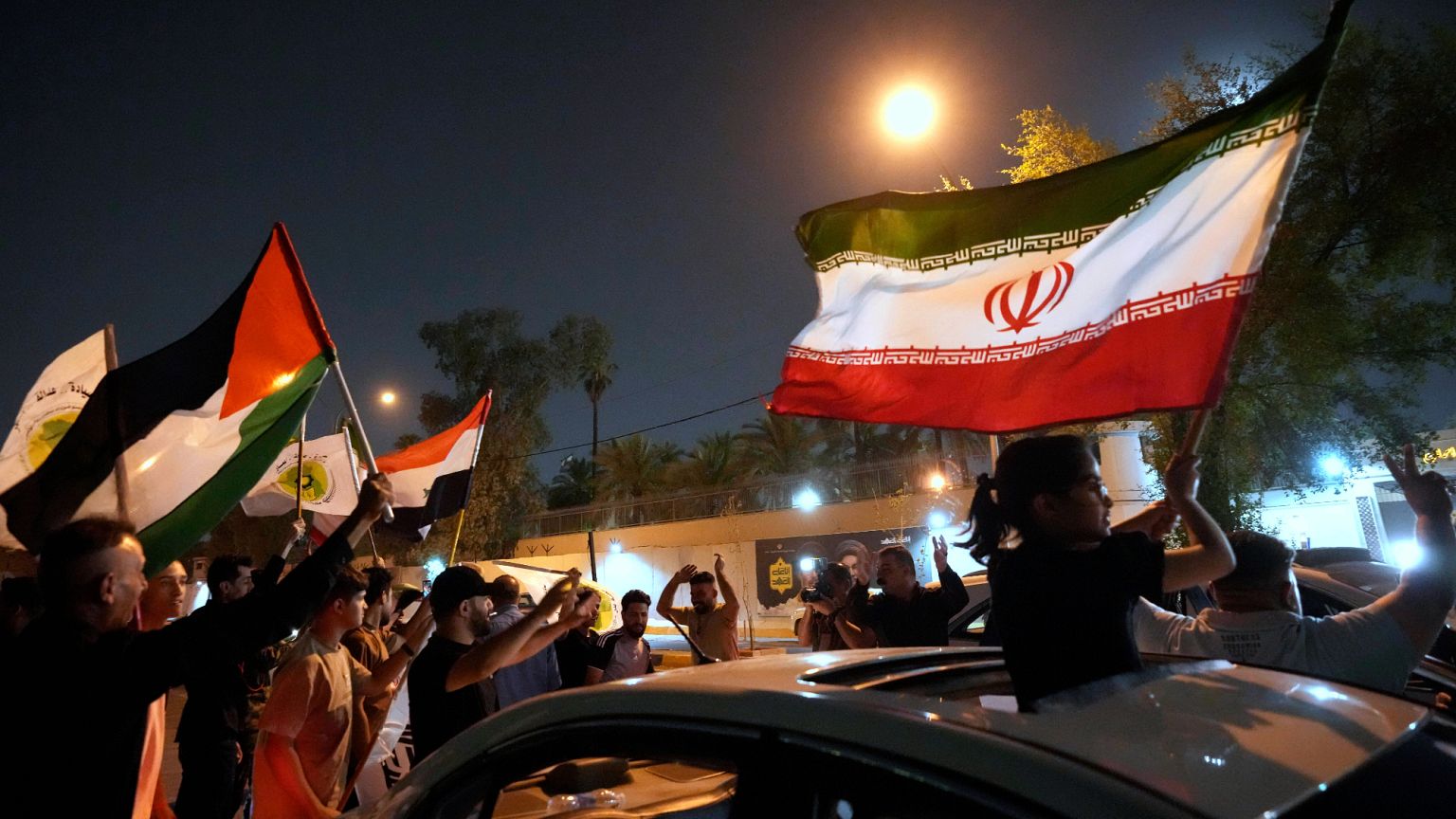Following days of escalating conflict and U.S. strikes on Iranian nuclear facilities, President Donald Trump announced a cease-fire between Israel and Iran that began on June 24, 2025, calling it the “Official END” to what he termed the “12 Day War.”

Trump’s efforts to achieve this cease-fire were characterized by a combination of direct communication, public pressure, and leveraging a critical third-party mediator:
Direct Communication with Netanyahu:
According to senior White House officials, Trump communicated directly with Israeli Prime Minister Benjamin Netanyahu to secure Israel’s agreement to the cease-fire. Reports indicate that Trump was “exceptionally firm and direct” in his call with Netanyahu, emphasizing what needed to happen to sustain the cease-fire and conveying the “severity of the situation.” This strong push from the U.S. President was crucial in getting Israel to accept the proposal.
Indirect Channels and Qatari Mediation with Iran:
While Trump was in direct contact with Israel, communication with Iran was facilitated through both direct and indirect channels.
Qatar played a pivotal role as a key mediator. A senior White House official confirmed that the U.S. asked Qatar’s Emir, Sheikh Tamim bin Hamad Al Thani, to help convince Iran to agree to the cease-fire proposal, after Israel had already accepted. Trump later publicly thanked Qatar for its crucial role.
U.S. officials, including Vice President JD Vance, Secretary of State Marco Rubio, and Special Envoy Steve Witkoff, engaged with Iranian officials through these various channels.
Leveraging U.S. Military Action:
The White House publicly maintained that the U.S. military’s direct strikes on Iranian nuclear sites on June 21, authorized by Trump, helped create the conditions that pushed both sides toward a ceasefire. The message was clear: the U.S. was willing to take decisive action if the conflict continued to escalate.
Public Pressure and Phased Implementation:
Trump announced the ceasefire on Truth Social, outlining a phased approach to de-escalation:
Iran was to cease its attacks first, starting at midnight ET on June 24.
Israel was to follow 12 hours later, at noon ET on June 24.
The full cessation of hostilities was set to be completed within 24 hours.
Trump also publicly called out both sides when the cease-fire appeared shaky, directly posting: “ISRAEL. DO NOT DROP THOSE BOMBS. IF YOU DO IT IS A MAJOR VIOLATION. BRING YOUR PILOTS HOME, NOW!” and expressing frustration with both countries for initial violations. This public shaming and stern warning reinforced the U.S. demand for compliance.
Claiming Success and Encouraging De-escalation:
Trump congratulated both countries for “having the stamina, courage, and intelligence” to end the war, framing it as a major diplomatic victory. This public acknowledgment and declared “end” of the conflict created an expectation of de-escalation.
The U.S. State Department also reopened its embassy in Jerusalem, lifting shelter-in-place orders, signaling a return to normalcy.
Compliance and Ongoing Dialogue:
While the initial hours saw accusations of ceasefire violations from both sides, the truce has largely appeared to hold as of June 26.
Trump announced that U.S. and Iranian officials are scheduled to talk next week, indicating an ongoing diplomatic track to ensure compliance and prevent further escalation.
However, Iran’s parliament has also passed a bill to halt cooperation with the IAEA, signaling that while military hostilities may have paused, underlying tensions and nuclear ambitions remain.
In essence, Trump’s approach combined forceful military intervention, direct and mediated diplomacy, and significant public pressure to push both Israel and Iran to accept and (mostly) adhere to a cease-fire.
Join our socials
https://www.instagram.com/stranacmedia/
https://x.com/stranacmedia
@stranacmedia


